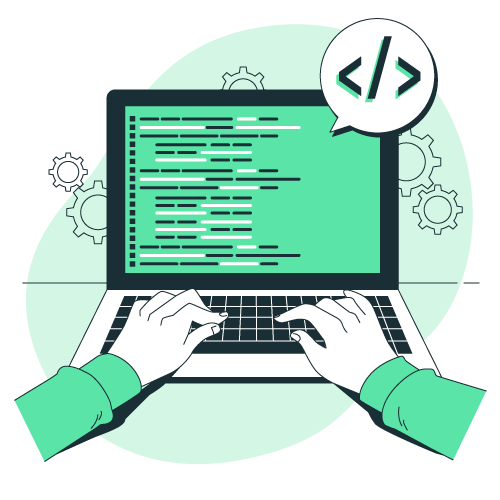A computational method for the search and extrapolation of patterns in complex series.
The same toolbox to solve different problems.
KitBit uses a reduced set of algorithms and their combinations to build a predictive model that finds the underlying pattern in numerical sequences, such as those included in IQ tests and others of much greater complexity.
Until now, in addition to numerical series, KitBit solves other types of problems related to intelligence tests such as alphanumeric series, series of dominoes, or series of dot matrices.

A flexible, lightweight and low-energy model that solves complex problems in record time.
The simplest path is usually the most efficient.
KitBit's efficiency lies in its plasticity. Unlike other technologies, it is not based on the analysis of large volumes of data, nor on the storage of patterns. Instead, to discover the pattern inherent in each proposed problem, the system uses a small number of basic operations from which it defines the algorithmic pattern that allows the sequence to be reproduced and extrapolated.
So far, KitBit has demonstrated its ability to solve a wide variety of intelligence, logic, numerical, and spatial tests without prior knowledge.

Test the model.
The intelligence quotient is obtained from standard tests in which the subject must identify the underlying pattern in a sequence of data - numerical, alphanumeric or graphic - without prior knowledge and predict the value that follows.

Numerical series
These are sequences of numbers that have a certain relationship to each other.
Take a test
Alphanumerical series
These are sequences of numbers or letters ordered according a certain pattern.
Take a test
Linear dominoes
The pattern is stablished in the values and positions of a series of dominoes.
Take a test
Dot matrix
The model predicts the movement among several figures in a dot square matrix.
Take a testFrequently Asked Questions
If you have some other questions, contact us using email.
Does the model have any previous training?
No, the model does not have any type of previous training. It is simply endowed with certain tools that perform basic operations, the combination of which reproduces the pattern inherent in the problem.
Does it require any special hardware?
No, the model does not require special hardware or certain computing power. Depending on the problem, the solution can be found in times of lest than a second on a standard personal computer.
What is the complexity of the series?
The model is currently the computational system that solves the largest number of problems included in the On-Line Encyclopedia of Integer Sequences (OEIS).
What about real world applications?
For the moment, the model has only been applied to theoretical problems, such as solving intelligence tests and complex numerical series, but we hope to address real world problems in the near future.
How many elements must be supplied to the model to find the pattern?
There is no specific number of items that must be provided. It depends on the difficulty of the series and the pattern itself.
Is the solution found by the model unique?
The model is capable of finding several solutions in some complex cases. We understand that the optimal solution is the one that requires the least number of operations to reproduce the pattern.
